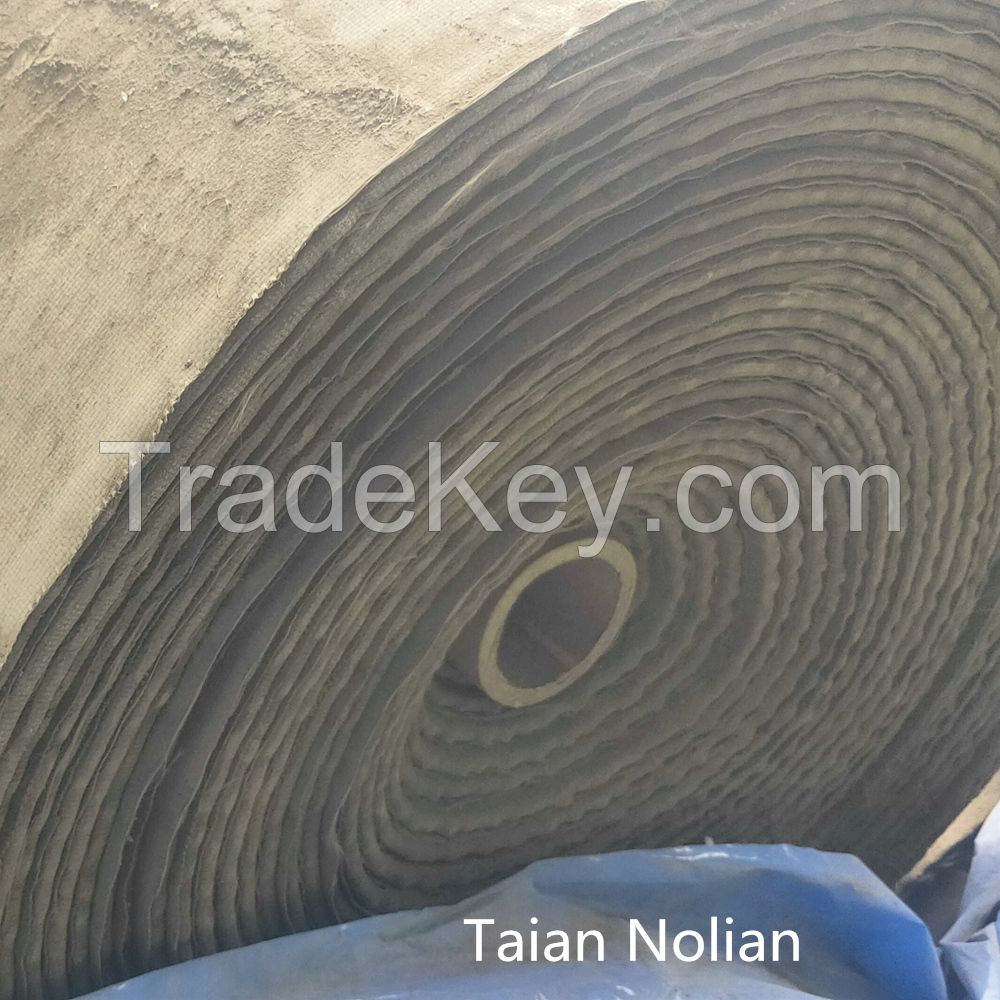
FOB Price
أحصل على آخر سعر16.8 ~ 18 / Square Meter ( Negotiable )
|Minimum Order
Place of Origin:
-
Price for Minimum Order:
Minimum Order Quantity:
500 Square Meter
Packaging Detail:
Bulk roll
Delivery Time:
14 working days
Supplying Ability:
600000 Square Meter per Month
Payment Type:
T/T, L/C, Western Union, PayPal
الشخص الذي يمكن الاتصال به Leo
Jinan, Shandong
| Desinged using life | *0 years |
| Width | 1.6m or 2m |
| Length | 5m - *2m |
| Thickness | *0mm |
| Weight | *5kg/m2 |
| Compressive Strength | *0Mpa/m2 |
| One *0GP Container Load | About ***0m2 |
| Ex work time(****0m2) | 7 working days |